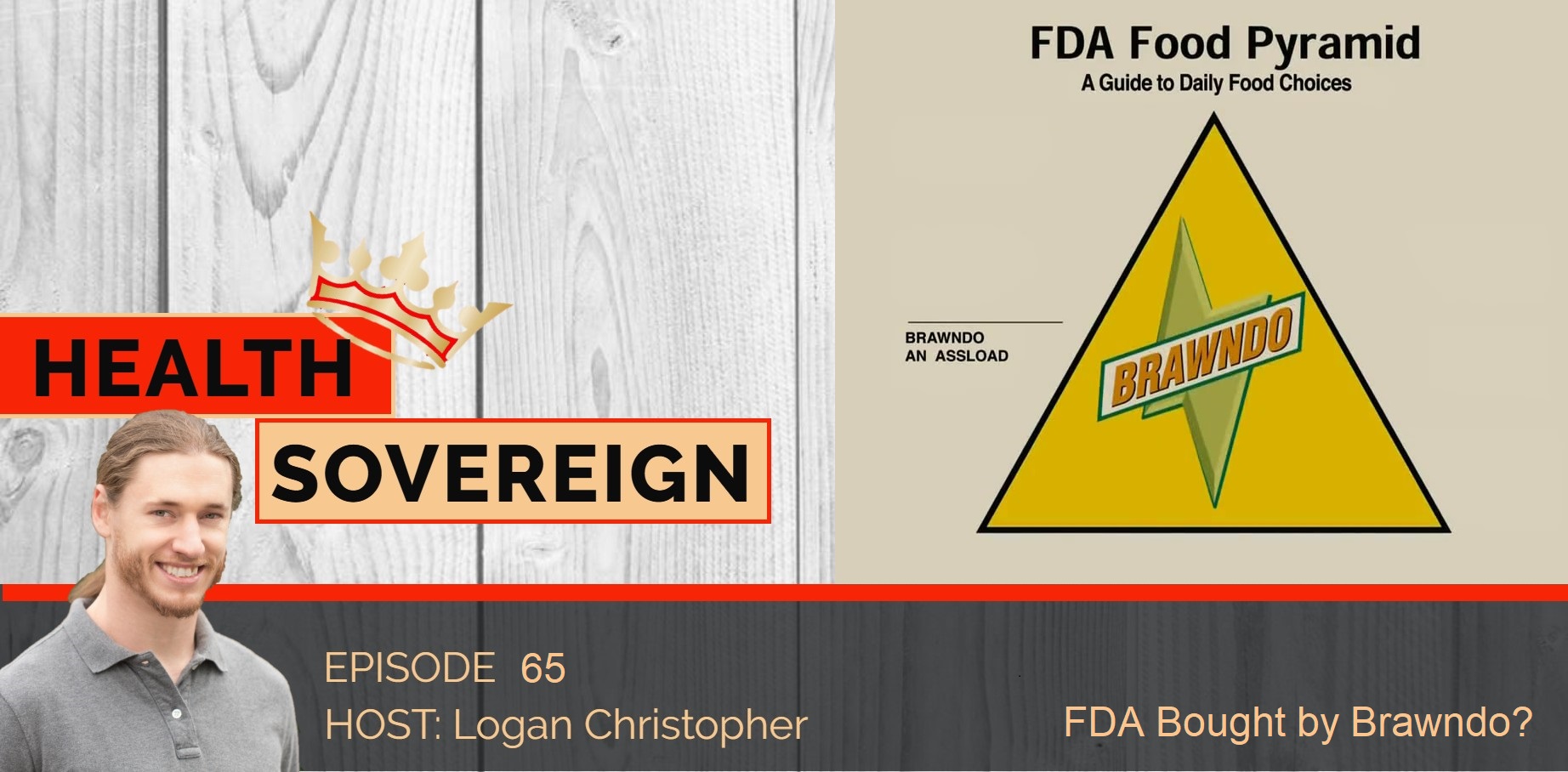Is this an example of life imitating art?
Or just a projection of where things are going?
- What the 2006 movie Idiocracy tells us about today (including the FDA)
- How much of the FDA is paid for by the pharmaceutical companies
- A regulation passed in 1992 that benefits the industry they regulate
- The case of Nuplazid. Approved today…but definitely wouldn’t have been three decades ago.
- How Acadia Pharmaceuticals put money in just about everyone’s pocket at an advisory committee
Did you enjoy the podcast? Let me know by leaving a short review and be sure to hit that subscribe button so you don’t miss any future episodes!
Click the link below to see written articles and references.
Medical Monopoly Musings #62
FDA Bought by Brawndo?
I recently re-watched the 2006 movie Idiocracy. It’s a very silly movie. But one thing struck me in there relevant to today’s issue. In it, in the future a sports drink, named Brawndo comes to be an all-powerful corporation, so much that they’re watering crops with it, a major part of the plot. The movie narrator tells us:
“Brawndo, the thirst mutilator, had come to replace water virtually everywhere. Water the basic component of all life had been deemed a threat to Brawndo’s profit margins. The solution came during the budget crisis of 2330 when the Brawndo corporation simply bought the FDA and the FCC, enabling them to say, do and sell anything they wanted.”
Silly, right?...Or not that far off from the truth?
According the FDA website, their total budget in 2019 was $5.7 billion. They state that, “Excluding tobacco user fees, federal budget authorization funds about 62 percent of FDA’s budget. The remaining 38 percent is paid for by industry user fees.
Human drugs are 65% funded by industry. Biologics are 40% funded by industry.
This was a result of the Prescription Drug User Fee Act passed in 1992. It’s been reapproved and modified multiple times since. With the largest lobbying army there is, laws and regulations tend to be in Big Pharma’s favor contrary to public perception.
Unlike Brawndo, Big Pharma has not outright bought the FDA…but neither are we as far away from that as most people who trust the FDA imagine!
“Instead of a regulator and a regulated industry, we now have a partnership. That relationship has tilted the agency away from a public health perspective to an industry friendly perspective,” said Dr. Michael Carome, director at Public Citizen, and a former HHS official.
Does this effect the end results? In 2010, 59.2% of drug applications were denied. In 2017, only 19.7%.
“You don’t survive as a senior official at the FDA unless you’re pro-industry,” said Dr. Thomas Marciniak, a former FDA medical team leader.
Understand that user fees are just one of many arrows in the quiver of Big Pharma capturing the agency. By itself it wouldn’t mean too much. But combine it with the revolving door, consultancy fees, what whistleblowers say, etc. and you’ll get the more complete picture.
Here’s an example. A ProPublica article shares the details of Nuplazid, made by Acadia Pharmaceuticals to treat Parkinson’s. Nuplazid had failed to show any improvement in two Phase 3 trials. Then Arcadia got permission from the FDA to do a new trial with a never-before-used scale of assessment designed to reduce the placebo effect (sounds familiar to the previous issue), plus reduce the normal two necessary trials to win approval to just one.
This new trial showed a small but statistically significant benefit. FDA medical reviewer Dr. Paul Andreason didn’t want to approve the drug because of serious adverse effects including death. For seven out of 91 to benefit, five would have serious side effects and one would die.
The FDA held an advisory committee. Testifying on behalf of the drug were doctors (paid consultants to Acadia), doctors from Parkinson’s advocacy groups (funded by Acadia), relatives of Parkinson’s patients (travel funded by Acadia), even a grandaughter of a Parkinson’s sufferer (later a paid brand-ambassador of Acadia).
As a result, Nuplazid got approved. In 2016, Nuplazid cost $33,000 per year of treatment. Between its approval and June 2018 there were 6,800 adverse reports and 887 deaths. In 2018 the FDA reviewed data but decided this was insufficient to make any changes.
How many of the advisory committee members or those re-reviewing the drug had financial conflicts of interest with Acadia?
Just one example of countless. A JAMA article looking at FDA approvals writes, “The amount of Prescription Drug User Fee Act fees collected from industry increased from an annual mean of $66 million in 1993-1997 to $820 million in 2013-2017, and in 2018, user fees accounted for approximately 80% of the salaries of review personnel responsible for the approval of new drugs.”
At the very best the FDA is trapped between a rock and a hard place. They now cannot do their job without funding by Big Pharma. And it’s clear, along with other elements, this funding comes with a pro-industry price-tag.
Idiocracy takes place in the year 2505. Sadly, I don’t think it’s going to take nearly that long with our current trajectory…
References:
https://www.youtube.com/watch?v=l8NJRRnnatw
https://www.fda.gov/about-fda/fda-basics/fact-sheet-fda-glance
https://www.propublica.org/article/fda-repays-industry-by-rushing-risky-drugs-to-market
https://www.fda.gov/drugs/drug-safety-and-availability/fda-analysis-finds-no-new-or-unexpected-safety-risks-associated-nuplazid-pimavanserin-medication
https://pubmed.ncbi.nlm.nih.gov/31935033/
